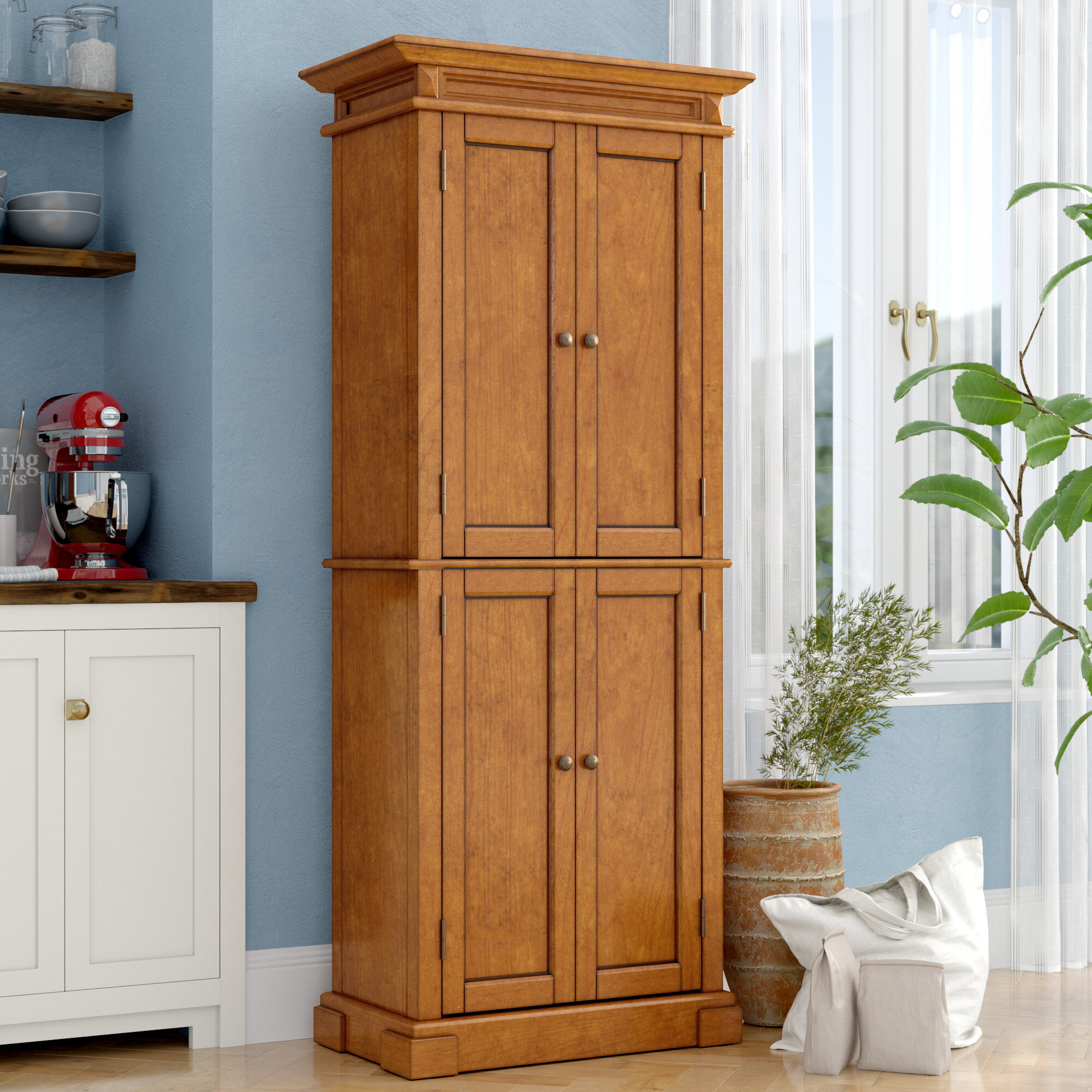Planning and Designing Your Pantry Cabinet: Unfinished Wood Pantry Cabinet

Before diving into the construction process, it’s essential to meticulously plan and design your pantry cabinet. This ensures the final product perfectly meets your needs and seamlessly integrates into your kitchen space.
Determining the Space and Storage Needs, Unfinished wood pantry cabinet
The initial step is to carefully measure the available space where you intend to install your pantry cabinet. This includes both the width, height, and depth of the designated area. Next, consider your storage needs. Take an inventory of the items you wish to store in your pantry, including canned goods, dry goods, spices, snacks, and kitchen appliances. This inventory will help you determine the required storage capacity and guide your design choices.
Creating a Detailed Plan
A detailed plan is crucial for a successful pantry cabinet project. It should include:
- Dimensions: Accurately measure the available space and note the dimensions on your plan. Consider the depth of shelves, drawer sizes, and the overall cabinet height.
- Materials: Choose materials that are durable, moisture-resistant, and aesthetically pleasing. Common choices include plywood, MDF, or solid wood.
- Construction Methods: Decide on the construction methods you’ll use, such as using pre-made cabinet boxes, building your own frames, or employing a combination of both.
- Storage Features: Incorporate features like adjustable shelves, pull-out baskets, drawer organizers, and spice racks to maximize storage efficiency.
- Cabinet Doors: Select the style and type of doors you desire, considering factors like opening mechanisms, materials, and aesthetic preferences.
- Hardware: Choose hinges, handles, and knobs that complement the cabinet’s style and provide functionality.
Maximizing Storage Space
A well-designed pantry cabinet can maximize storage space, keeping your kitchen organized and clutter-free. Consider these ideas:
- Adjustable Shelves: Utilize adjustable shelves to accommodate items of varying heights, making the most of vertical space.
- Pull-out Baskets: Install pull-out baskets for easy access to frequently used items. These baskets can be categorized for specific items, such as snacks, baking supplies, or pantry staples.
- Drawer Organizers: Integrate drawer organizers to keep smaller items, like spices, tea bags, and baking ingredients, organized and easily accessible.
- Vertical Storage: Utilize vertical space by incorporating tall cabinets or stacking shelves. This allows you to store items efficiently without taking up valuable floor space.
- Lazy Susans: Utilize lazy Susans for storing items in corner cabinets, making it easier to access items stored in the back.
Incorporating Design Elements
The design elements you choose can create a personalized pantry cabinet that complements your kitchen’s aesthetic and reflects your style. Consider these elements:
- Cabinet Doors: Choose from a variety of styles, including shaker, raised panel, flat panel, or glass doors. The choice should align with your kitchen’s overall design.
- Hardware: Select hinges, handles, and knobs that complement the cabinet’s style and provide functionality. Consider materials like metal, wood, or ceramic, and finishes that match your kitchen’s decor.
- Finishing Touches: Add finishing touches to personalize your pantry cabinet, such as decorative molding, crown molding, or a custom paint color.
